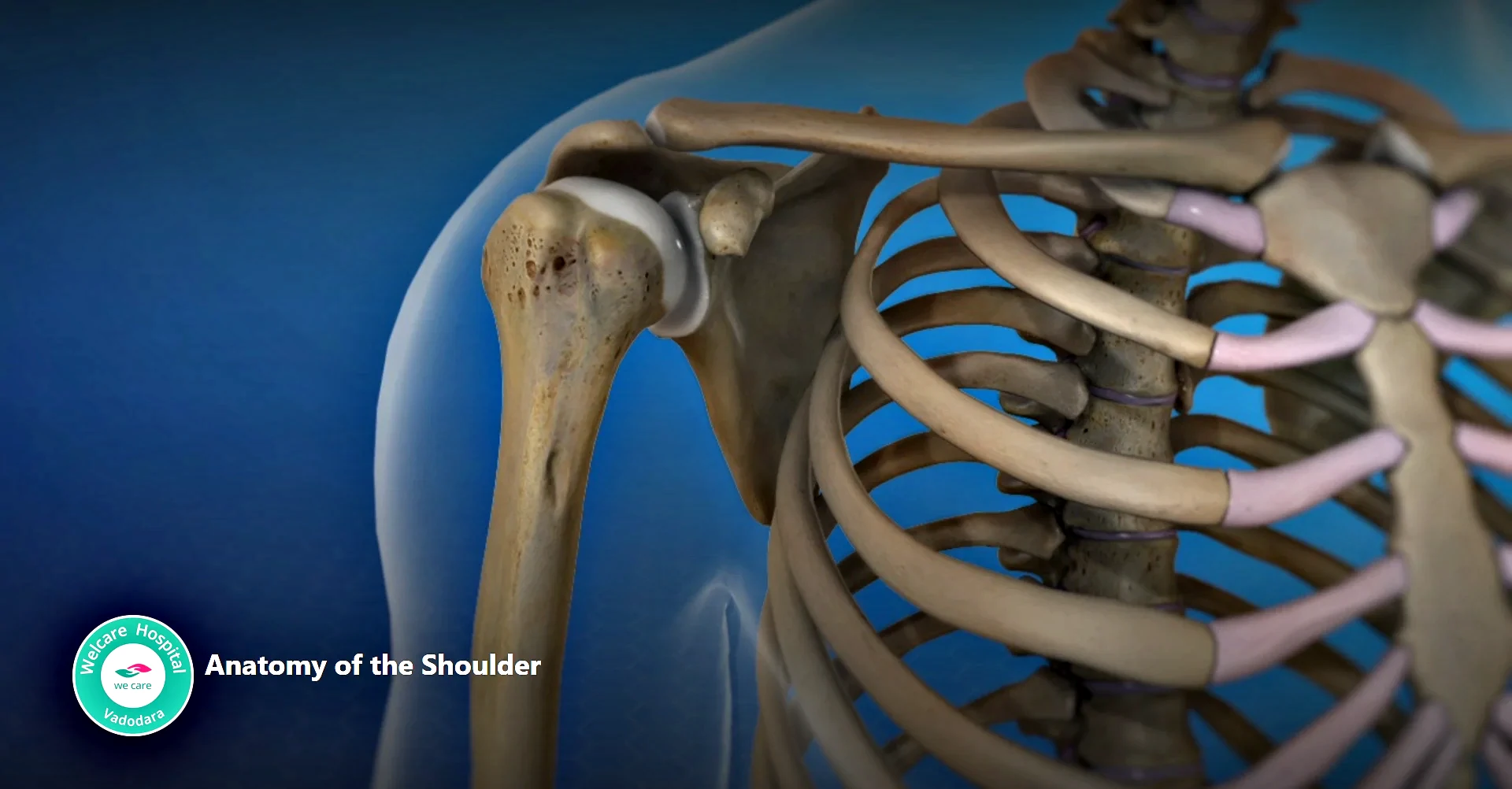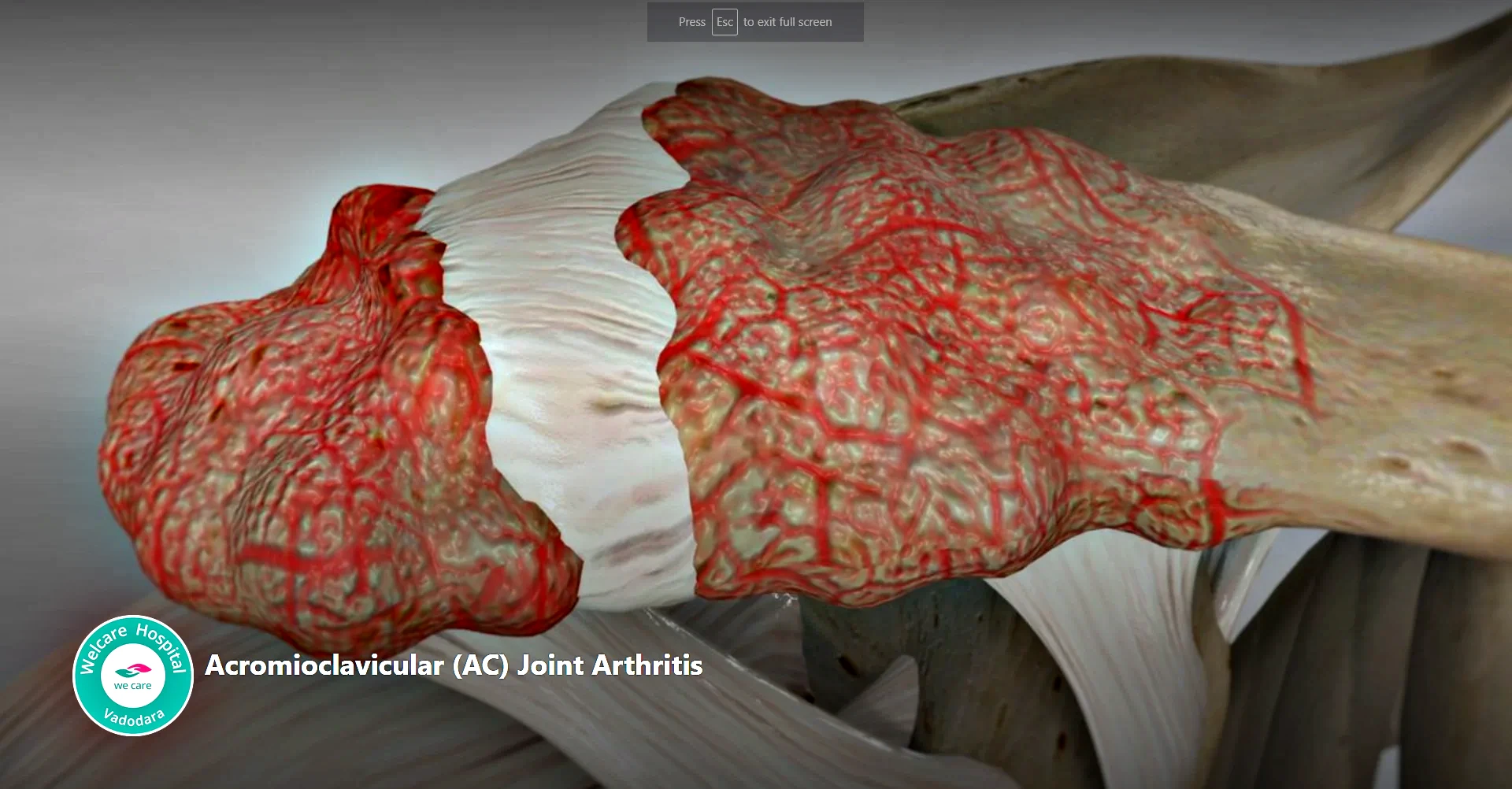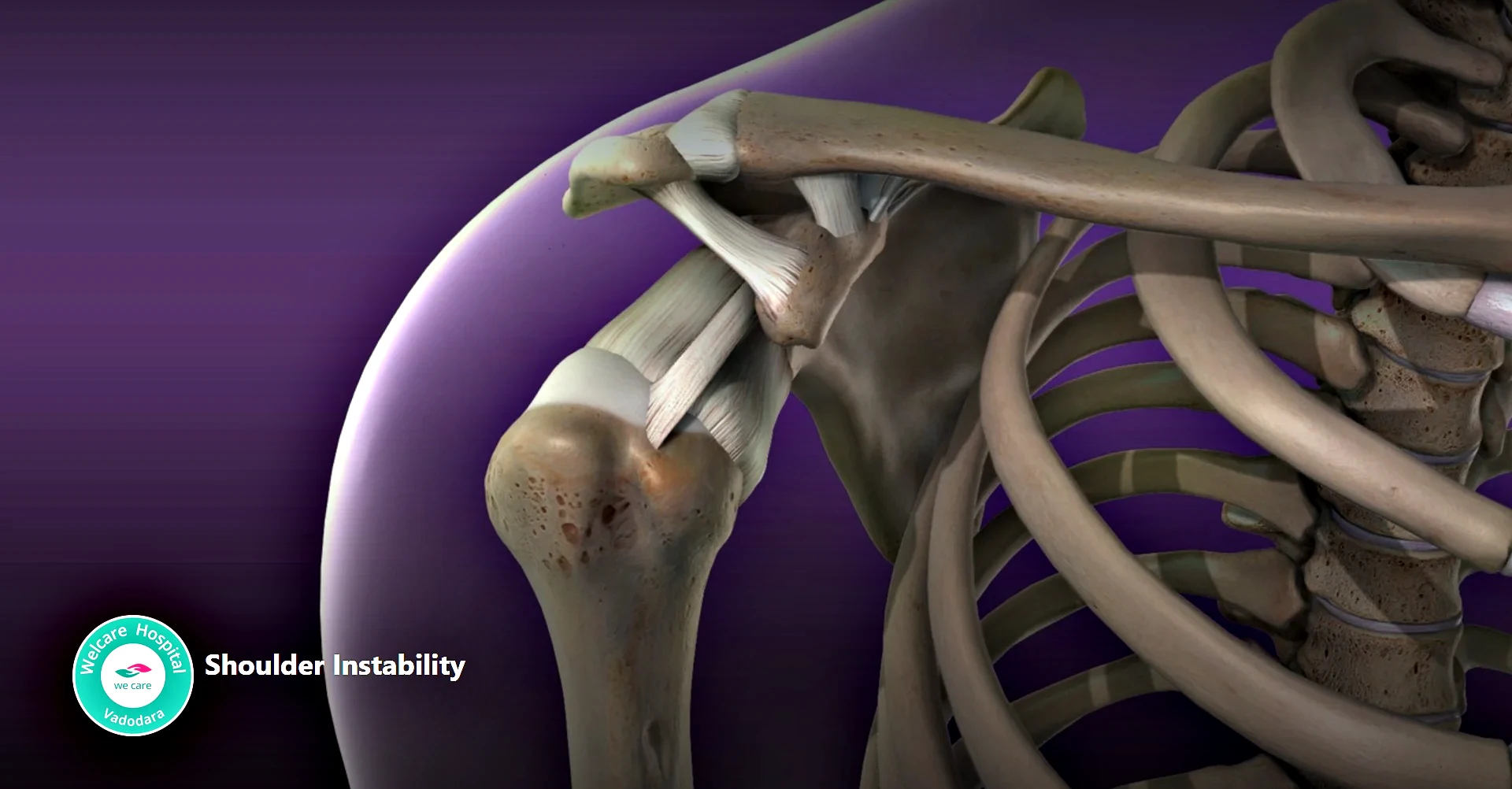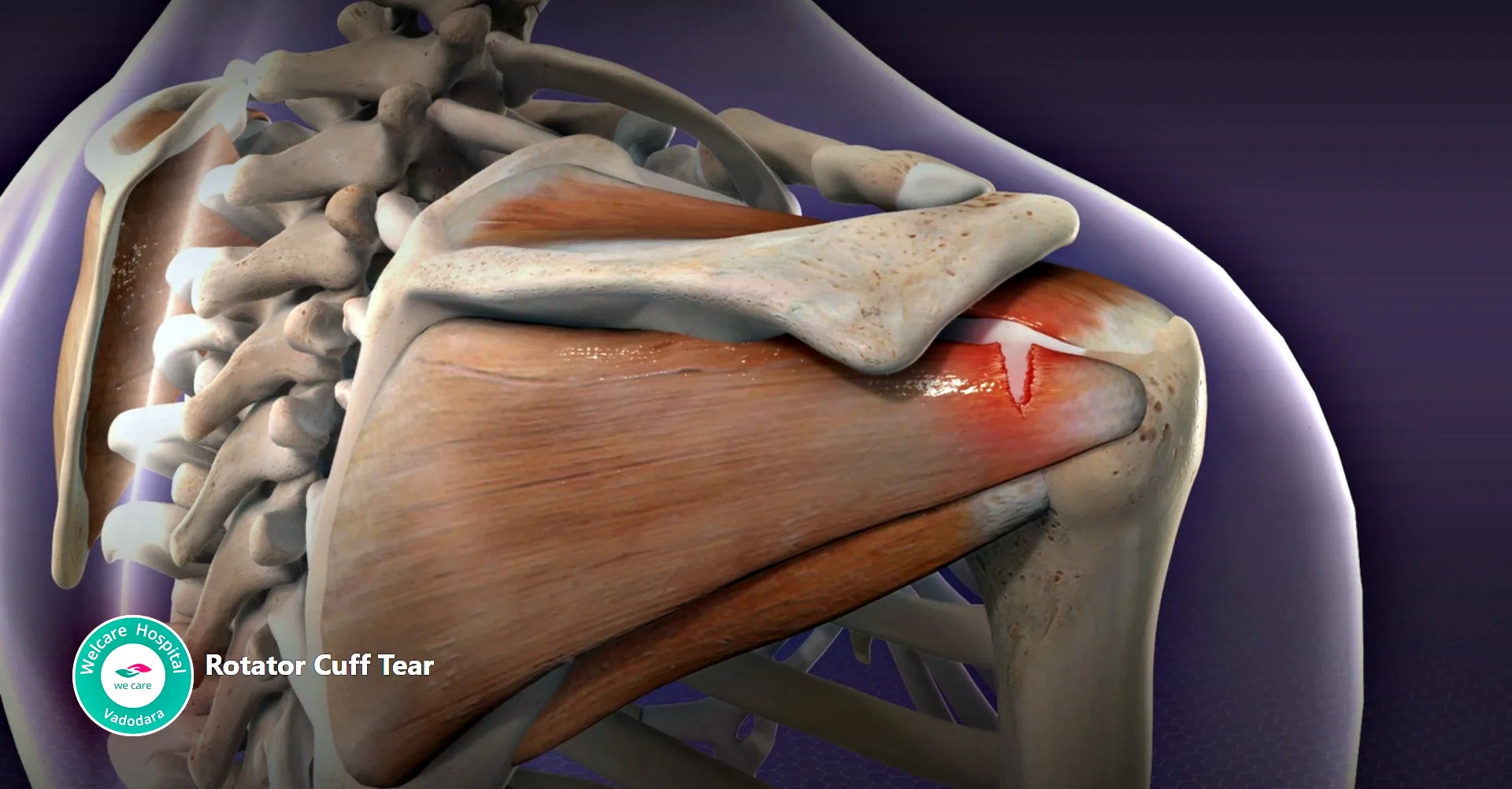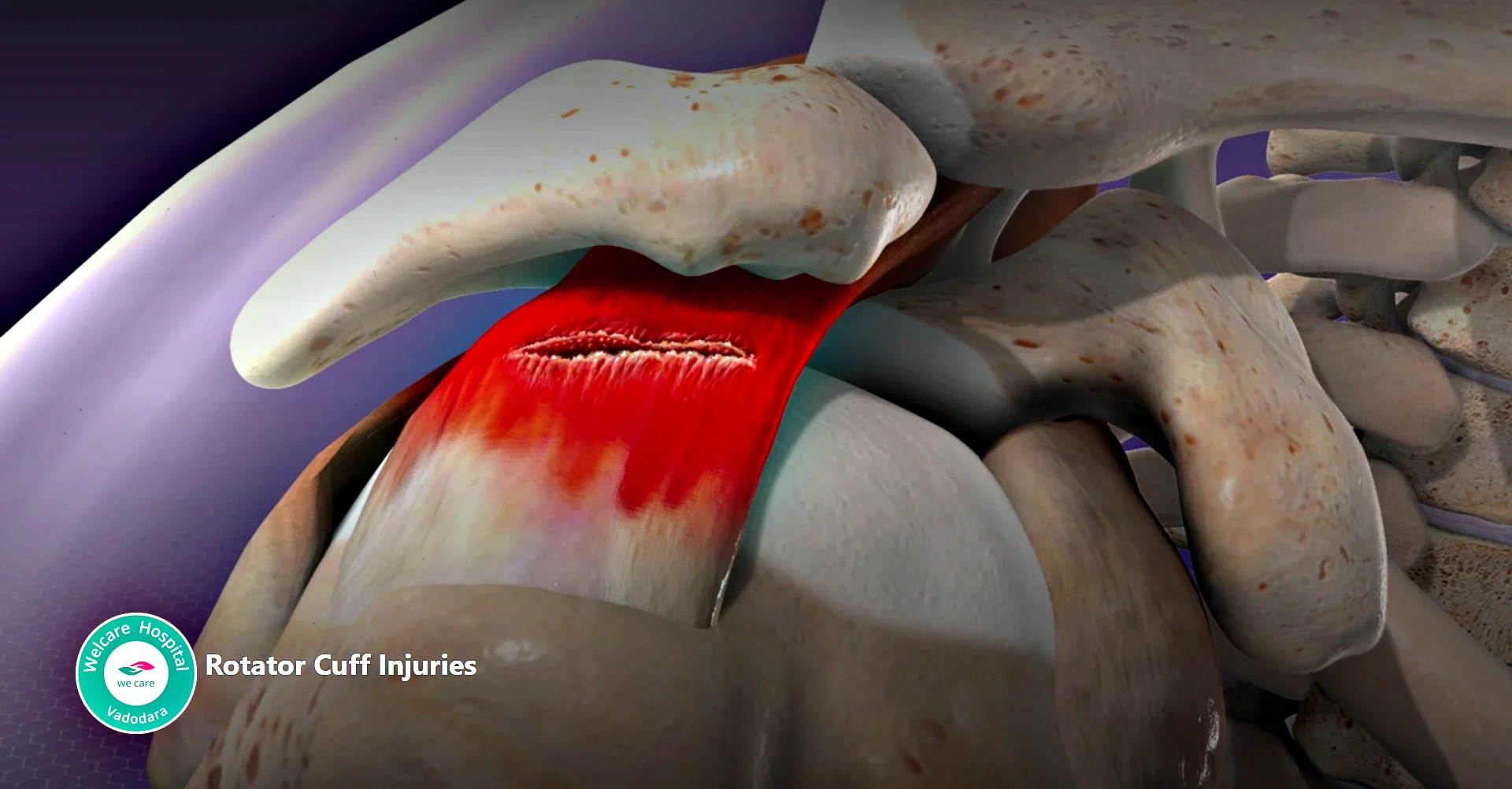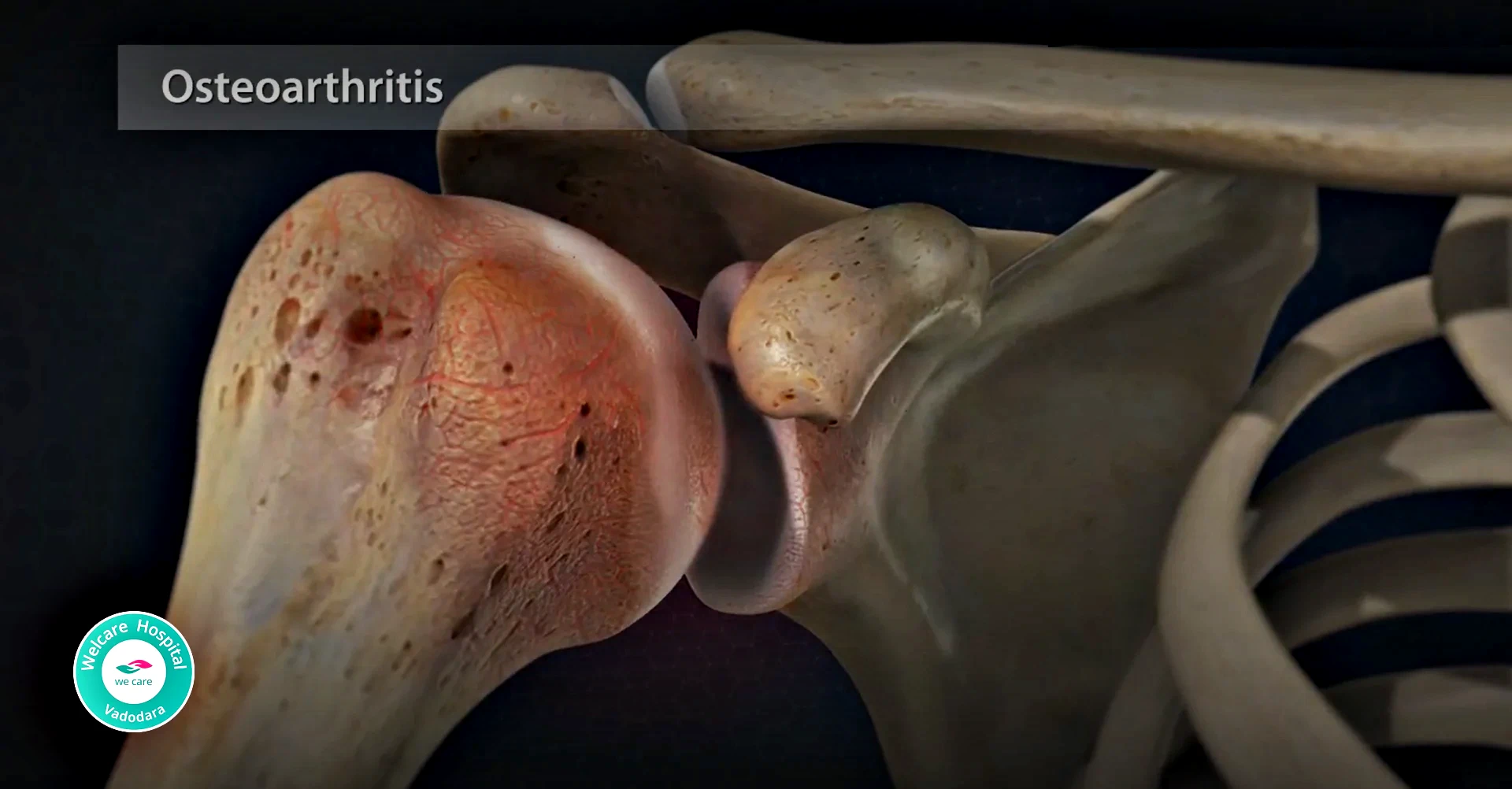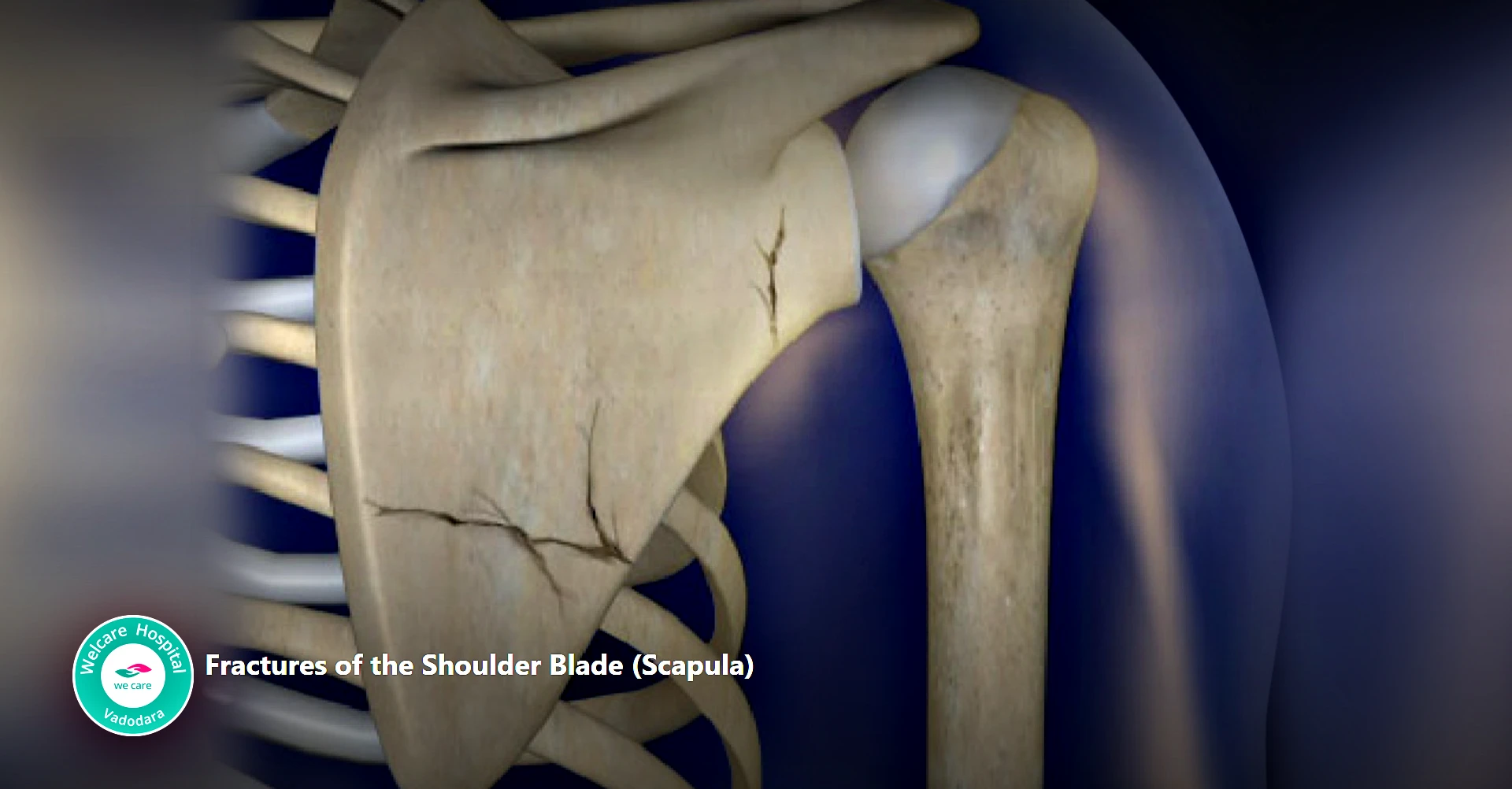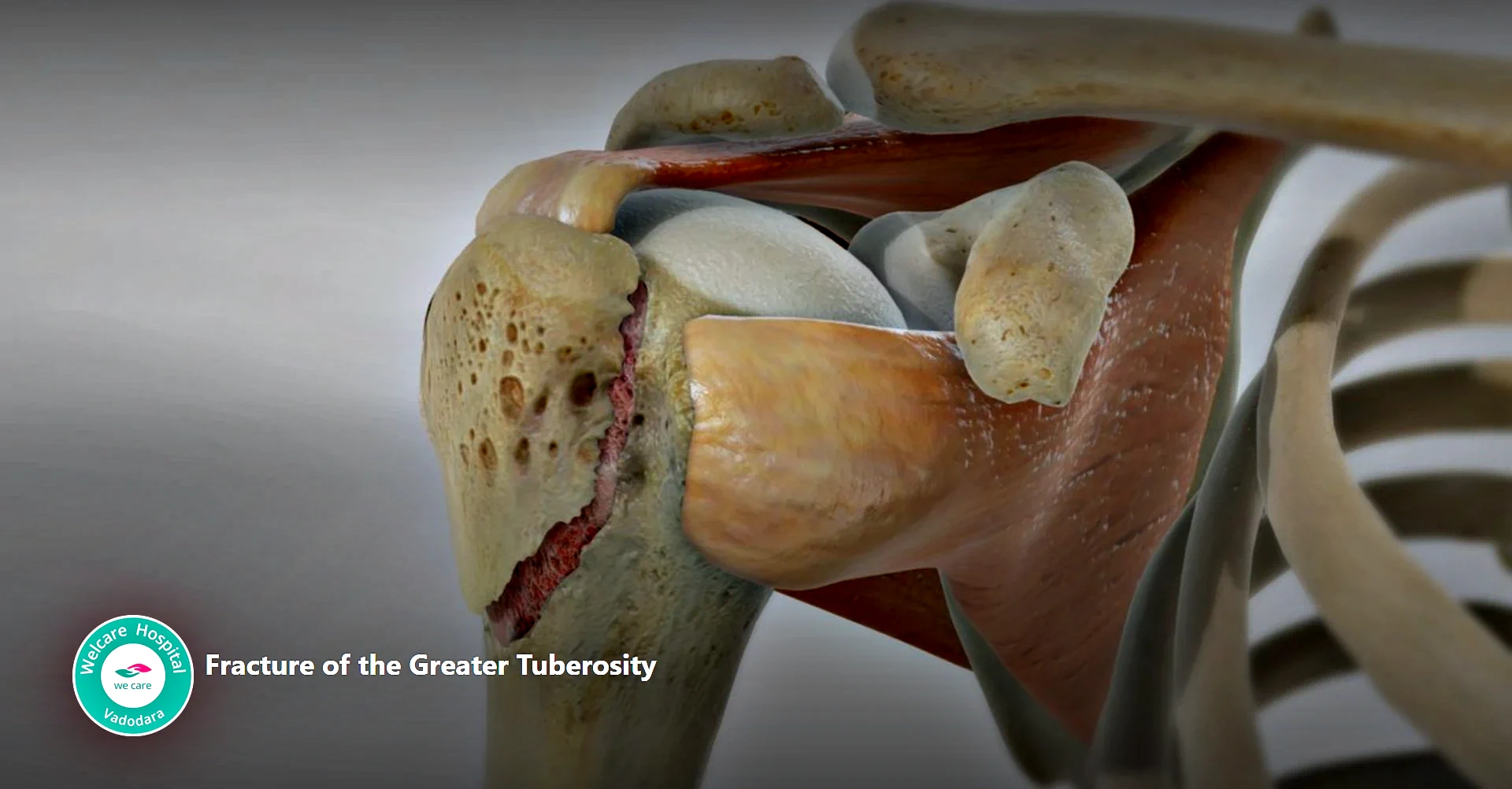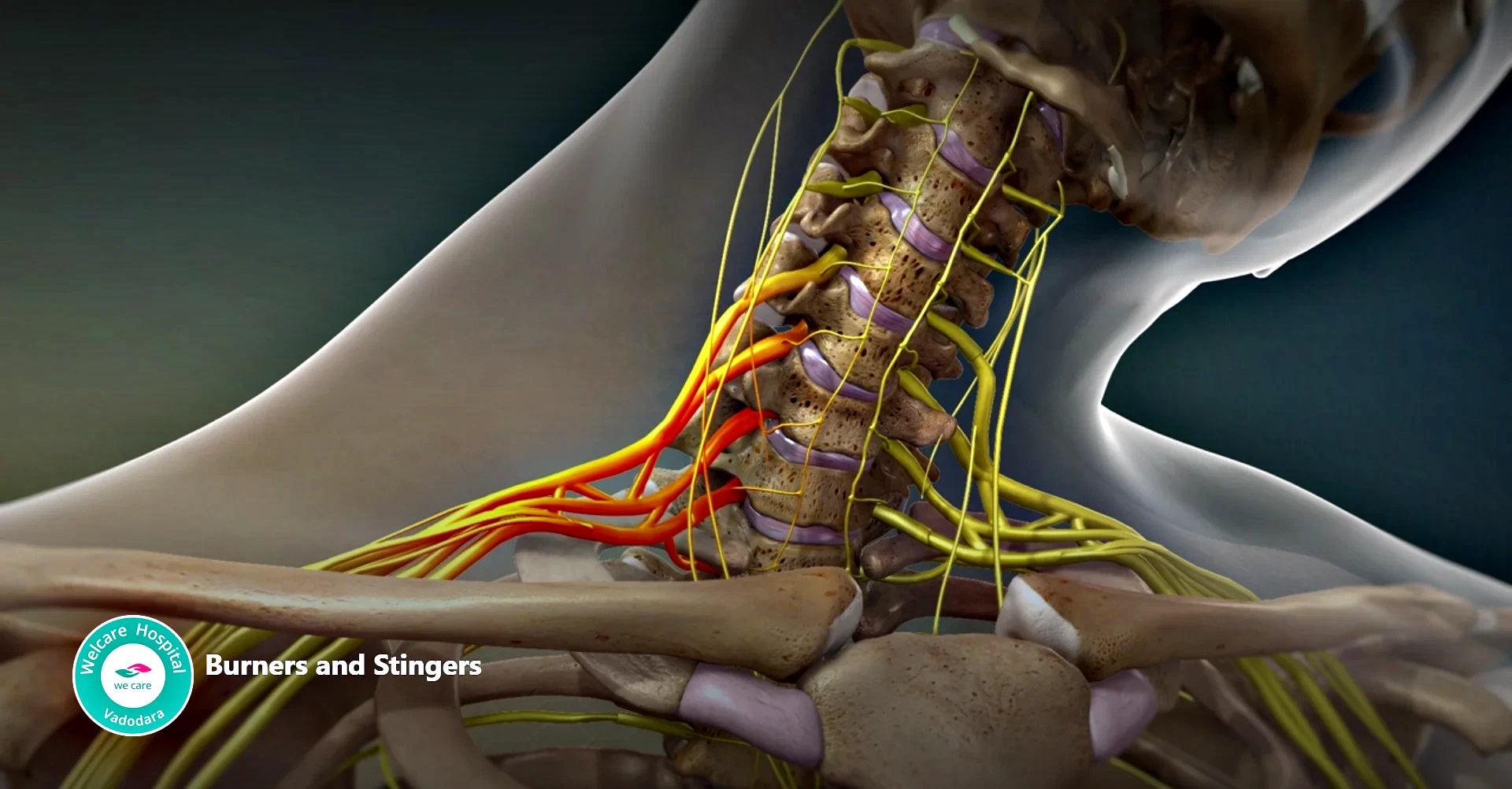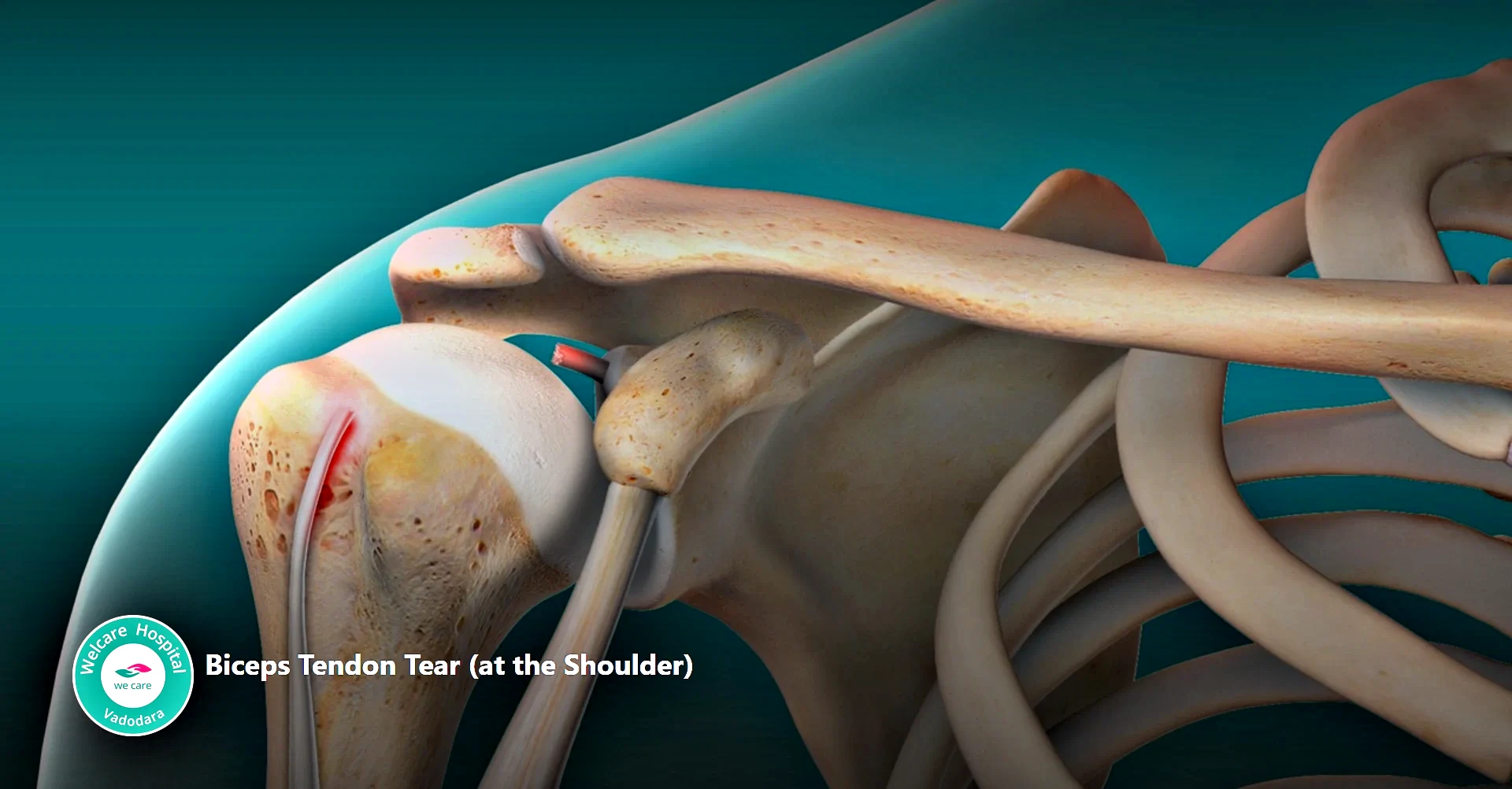Shoulder
Home » Core Departments » Shoulder
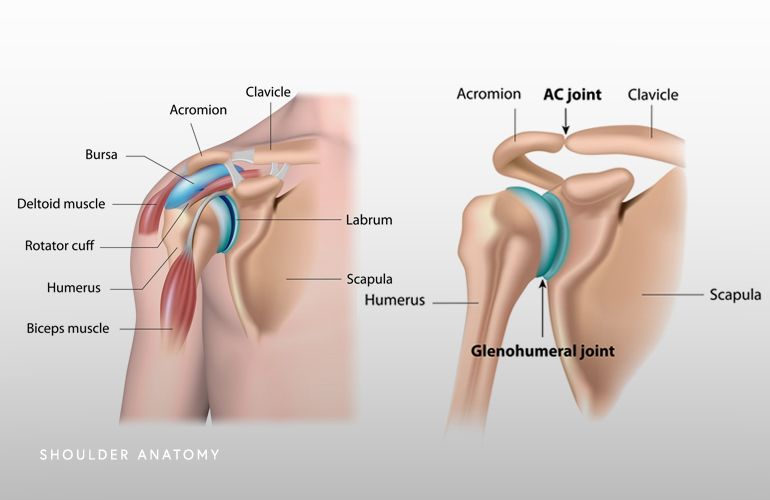
Introduction
Your shoulder is made up of bones, muscles, and ligaments that work together to help you move your arm. The main bones in your shoulder are the upper arm bone (humerus), shoulder blade (scapula), and collarbone (clavicle). Your shoulder joint is like a ball sitting in a shallow socket, allowing it to move in many directions. Ligaments are like strong bands that hold your shoulder bones together and provide stability. Muscles around your shoulder joint help you move your arm and keep it stable. You can move your shoulder in different ways, like lifting your arm up, down, to the side, and rotating it. Some movements include bringing your arm forward (flexion) or backward (extension).
You can also move your arm away from your body (abduction) or bring it closer (adduction). Turning your arm in or out is called internal or external rotation. Keeping these muscles strong and balanced helps prevent injuries. Sometimes, people injure their shoulders, like tearing the rotator cuff or dislocating the joint. These injuries can cause pain and limit movement. Doctors use tests like X-rays and MRI scans to see inside your shoulder and diagnose problems.
Treatment may include exercises, physical therapy, or even surgery, depending on the injury. After surgery, rehabilitation is important to help you regain strength and movement. Good posture and using proper body mechanics can prevent shoulder problems. Athletes and people who do lots of overhead activities should take extra care of their shoulders. As we get older, our shoulders might develop arthritis or wear and tear. Treatment for arthritis might include medication, therapy, or sometimes surgery.
Following your doctor’s advice and doing your exercises can help you recover well. If you have shoulder pain or problems, it’s important to see a doctor to get the right care. Researchers are always learning more about shoulders to improve treatments and help people stay active and pain-free.
Conditions / Issues
- Rotator cuff injuries: Tears or inflammation of the rotator cuff muscles and tendons, often due to overuse or trauma.
- Frozen shoulder (adhesive capsulitis): Stiffness and pain in the shoulder joint, limiting movement and function.
- Shoulder impingement syndrome: Compression of the rotator cuff tendons and bursa in the shoulder, leading to pain and inflammation.
- Shoulder dislocation: When the upper arm bone (humerus) pops out of the shoulder socket, often due to trauma or repetitive strain.
- Shoulder osteoarthritis: Degeneration of the shoulder joint cartilage, leading to pain, stiffness, and reduced range of motion.
- Bursitis: Inflammation of the bursae, fluid-filled sacs that cushion the shoulder joint, causing pain and swelling.
- Shoulder tendonitis: Inflammation of the tendons in the shoulder, often due to repetitive movements or overuse.
- Shoulder instability: When the shoulder joint is loose or prone to dislocation, often due to ligament laxity or previous injuries.
- Shoulder fractures: Breaks in the bones of the shoulder, such as the humerus, scapula, or clavicle, usually caused by trauma.
- AC joint injuries: Injuries to the acromioclavicular (AC) joint, where the clavicle meets the acromion process of the scapula, often due to falls or direct impact.
These conditions can vary in prevalence depending on factors such as population demographics, lifestyle, occupation, and healthcare resources. It’s essential for individuals experiencing shoulder pain or discomfort to seek evaluation and treatment from a qualified healthcare professional.
Surgical Treatment
- Arthroscopic rotator cuff repair: Minimally invasive surgery to repair torn rotator cuff tendons using a small camera and specialized instruments inserted through small incisions.
- Shoulder Arthroplasty: Total or partial replacement of the shoulder joint with artificial components to relieve pain and improve function in cases of severe arthritis or irreparable joint damage.
- Bankart Repair: Surgical repair of a torn labarum in the shoulder joint, often performed arthroscopically, to treat shoulder instability or recurrent dislocations.
- Subacromial decompression: Surgery to remove bone spurs or other impinging structures in the subacromial space, reducing pressure on the rotator cuff tendons and relieving pain.
- Latarjet procedure: Surgical technique to treat shoulder instability by transferring a piece of bone from the coracoid process of the scapula to the front of the shoulder socket, stabilizing the joint.
- Superior capsular reconstruction: Surgical procedure to reconstruct the superior capsule of the shoulder joint using graft tissue, restoring stability and function in cases of irreparable rotator cuff tears.
- Distal clavicle resection (AC joint resection): Surgical removal of the distal end of the clavicle to treat AC joint arthritis or impingement, relieving pain and restoring shoulder function.
- Reverse Total Shoulder Arthroplasty: Surgical procedure where the positions of the shoulder joint’s ball and socket are reversed, typically used to treat severe rotator cuff tears with arthritis or failed previous shoulder surgeries.
- Arthroscopic SLAP repair: Repair of a superior labrum anterior to posterior (SLAP) tear in the shoulder joint using arthroscopic techniques, addressing instability and pain associated with labral injuries.
- Shoulder Hemiarthroplasty: Partial shoulder joint replacement involving replacing the damaged humeral head with a prosthetic component, often performed in cases of proximal humerus fractures or avascular necrosis.
- Open reduction internal fixation (ORIF) for shoulder fractures: Surgical realignment and stabilization of fractured shoulder bones using plates, screws, or other fixation devices to promote proper healing and restore function.
- Tendon transfer surgeries: Surgical procedures involving the transfer of healthy tendons to replace or reinforce damaged or deficient tendons in the shoulder, restoring stability and function.
These surgical treatments are tailored to the specific diagnosis, severity, and individual needs of patients with shoulder issues, and are typically performed by a shoulder replacement surgeon with expertise in shoulder surgery.
Non Surgical Treatment
There are Various Non Surgical treatments for shoulder issues.
They are used either as standalone therapies or as part of a comprehensive treatment plan. Some of the most utilized non-surgical treatments for the above conditions mentioned include:
- Physical therapy: Tailored exercises and stretches to strengthen muscles, improve range of motion, and alleviate pain in the shoulder.
- Anti-inflammatory medications: Nonsteroidal anti-inflammatory drugs (NSAIDs) or corticosteroid injections to reduce pain and inflammation in the shoulder joint.
- Activity modification: Adjusting activities or avoiding movements that exacerbate shoulder pain or aggravate underlying conditions.
- Rest and immobilization: Resting the shoulder joint and using slings or braces to immobilize and support the shoulder during healing.
- Heat and cold therapy: Applying heat packs or cold packs to the affected shoulder to relieve pain, reduce inflammation, and promote healing.
- Ultrasound therapy: Using high-frequency sound waves to generate heat and promote tissue healing and blood flow in the shoulder joint.
- Electrical stimulation: Transcutaneous electrical nerve stimulation (TENS) or neuromuscular electrical stimulation (NMES) to reduce pain and improve muscle strength in the shoulder.
- Platelet-rich plasma (PRP) therapy: Injection of concentrated platelets from the patient’s own blood into the shoulder joint to promote tissue repair and reduce inflammation.
- Hyaluronic acid injections: Intra-articular injections of hyaluronic acid to lubricate and cushion the shoulder joint, providing pain relief and improving mobility in cases of arthritis.
